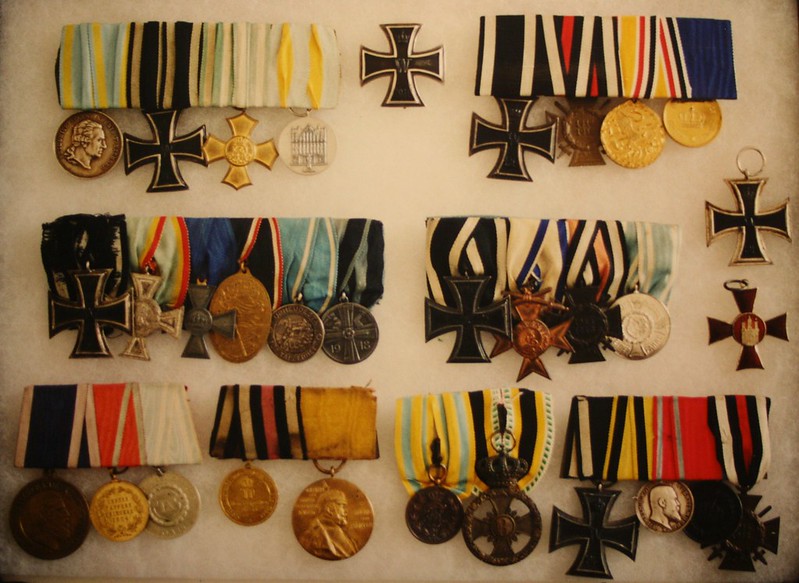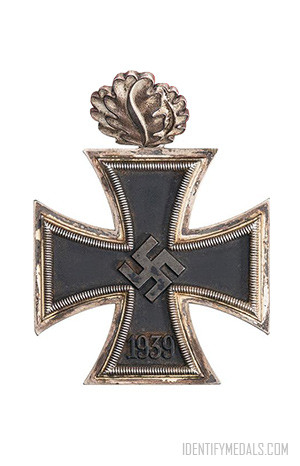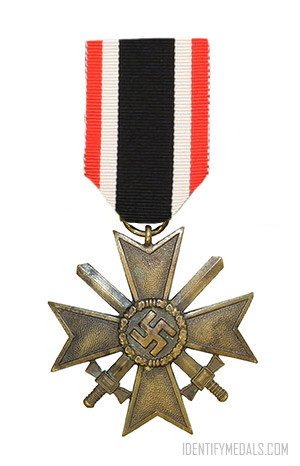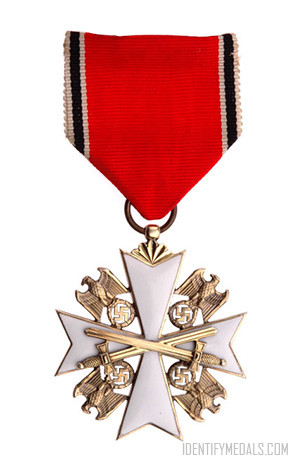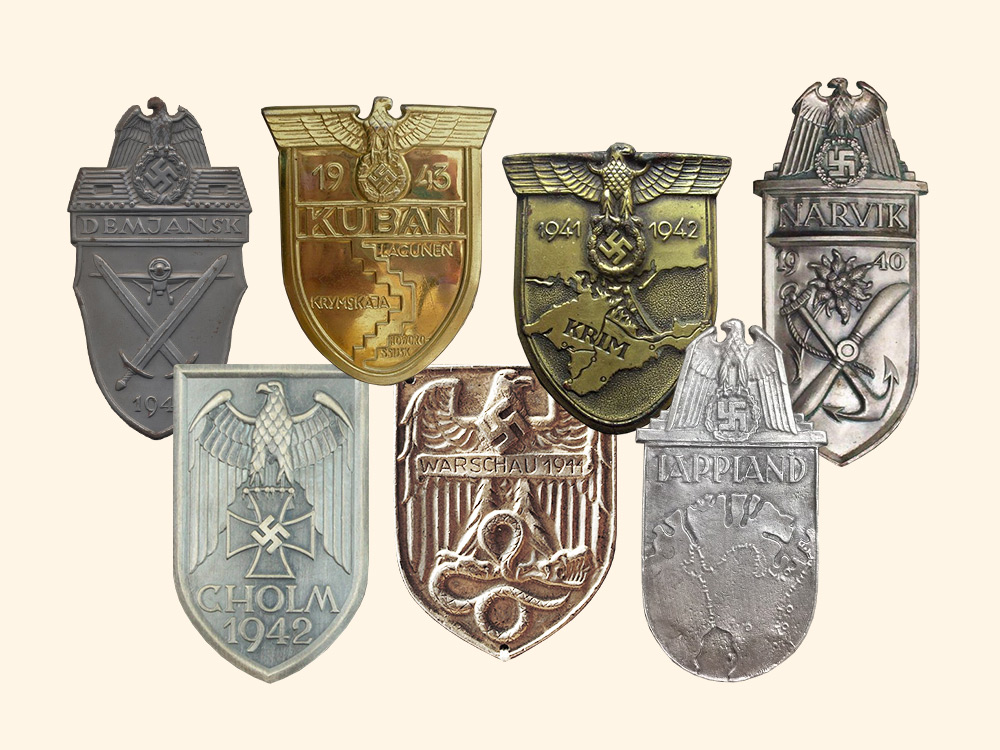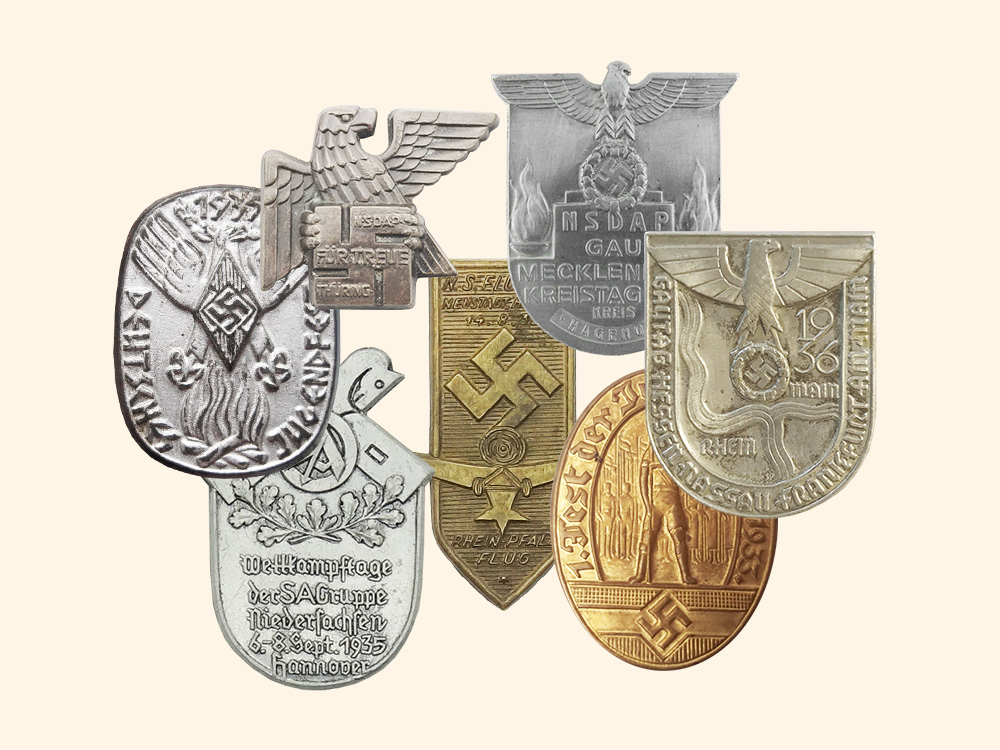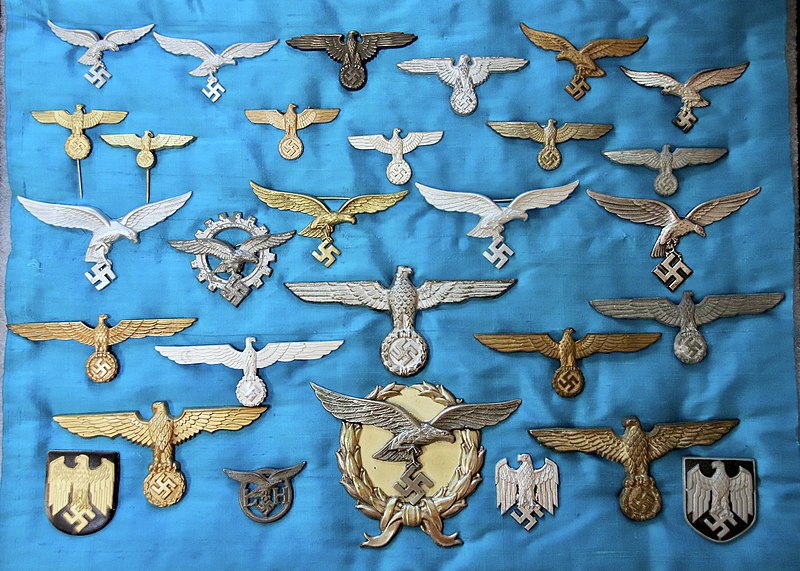During the Nazi regime in Germany, medals and awards were often used as tools of propaganda to promote and reinforce the ideals of the Nazi party. The symbols and designs used on these medals were carefully chosen to convey specific messages and values to both the recipients and the wider population.
In this article, we will examine the symbolism and design of Nazi medals and awards, exploring the meanings behind them and how they were intended to convey the Nazi regime’s ideology and shape public opinion.
Why Did The Nazi Regime Invest So Much Effort Into Its Aesthetics?
The Nazi regime was responsible for some of the most horrific atrocities in human history and should be condemned unequivocally. However, many authors have referred to how elements of its design and fashion (including the symbolism and design of medals, awards, and badges) were carefully planned with a certain aesthetic in mind.
For example, one characteristic of Nazi design is bold, simple imagery, such as the swastika. The goal of these motifs was to become easily recognizable symbols. During the Third Reich, there was a marked use of red, white, and black color schemes that helped to create a sense of unity and coherence in Nazi propaganda.
Another reason why the regime sought to use these symbols was to present itself as modern and sophisticated, with a focus on precision, order, and discipline. This was reflected in everything from the military uniforms to the layout of public spaces and the different medals awarded during the time.
Symbolism of Nazi Insignia and Medals
There were numerous medals and awards used by the Nazi regime during their time in power, but here are some of the main ones and what they represented.
Symbolism of the Nazi Iron Cross
The Iron Cross is a military award that had been used in Germany since the 19th century, but was revived and redesigned by the Nazis. It was awarded for acts of bravery or merit in combat, and was intended to symbolize the courage and sacrifice of German soldiers.
The design of the Iron Cross predates the Nazi regime, as it was originally introduced by King Friedrich Wilhelm III of Prussia in 1813 (it was used as a military decoration during the Napoleonic Wars).
Initially, the cross shape was chosen for its simplicity and recognizability, as it could be easily seen and identified from a distance on the battlefield. When the Nazi regime came to power in 1933, they revived the Iron Cross as a military award, but made some changes to the design. The swastika, the Nazi Party’s symbol, was added to the center of the cross, and the overall design was made more angular and streamlined.
Symbolism of the War Merit Cross
The War Merit Cross was another military award that came in two classes, one for officers and one for enlisted soldiers. It was awarded for exemplary service or achievement in military duties, and was intended to promote a sense of duty and patriotism among the German military.
The cross was designed to symbolize bravery and military service, and featured a swastika in the center, surrounded by a wreath of oak leaves. The swastika was a central symbol of the Nazi party, representing their racist and nationalist ideology. The oak leaves symbolize strength, endurance, and victory.
Symbolism of the Order of the German Eagle
The Order of the German Eagle was a civilian award that was given to foreign nationals who had made significant contributions to the Nazi regime, such as diplomatic or military support. It was intended to promote international cooperation and recognition of Nazi ideology.
The order featured a design of an eagle, a traditional symbol of power and strength, with outstretched wings and a wreath of oak leaves in its talons. The eagle was set against a swastika, which was a central symbol of the Nazi party. The eagle and swastika were surrounded by a blue enamel ring bearing the inscription “Für Verdienste um das Deutsche Reich” (“For Services to the German Reich”).
Symbolism of the Golden Party Badge
The Golden Party Badge was a high-level award given to members of the Nazi party who had shown exceptional loyalty and dedication. It was intended to promote a sense of camaraderie and loyalty among party members and to reward those who had worked tirelessly to promote Nazi ideology.
Symbolism of the Hitler Youth Badge
Hitler Youth Badge: This was an award given to members of the Hitler Youth, the Nazi party’s youth organization. It was intended to promote a sense of loyalty and dedication to the Nazi regime among young people, and to encourage them to see themselves as part of a larger movement working towards a common goal.
Explaining vs Glorifying Nazi Aesthetics
It is important to remember that these elements of Nazi design were used to promote a violent and hateful ideology that led to the deaths of millions of people.
Today, the use of Nazi symbols, including the swastika and the eagle, is generally prohibited in many countries due to the association with the atrocities committed by the Nazi regime, including the Holocaust. Many of the medals mentioned in this article are often considered a symbol of hate and bigotry, and their display is generally discouraged or illegal in many contexts.
This is why I want to reinforce the belief that any attempt to appreciate the aesthetics of Nazi design must be firmly rooted in an understanding of the horrors of the regime and a commitment to opposing any attempts to promote or glorify it.
Nazi Medal Design Examples
The following Iron Crosses exist:
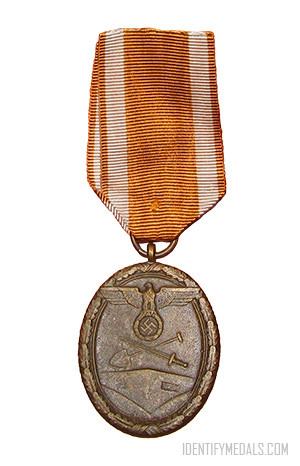
The West Wall Medal
The West Wall Medal was a decoration of Nazi Germany given to those who designed and built the fortifications on Germany’s western borders.
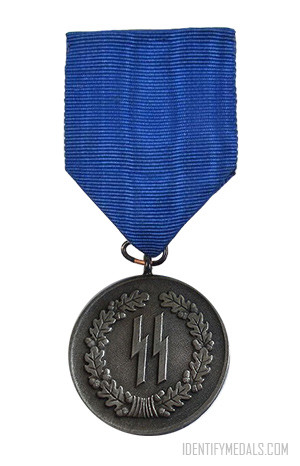
The SS Long Service Award (4 Years of Service)
The SS Long Service Awards were given in grades of four years, eight years, twelve years, and twenty-five years of true services in the SS.
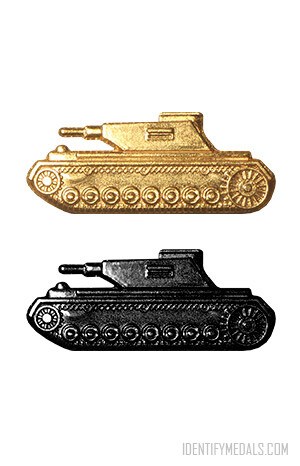
The Tank Destruction Badge
The Tank Destruction Badge was a World War II German military decoration given to members of the Wehrmacht who had destroyed an enemy tank.
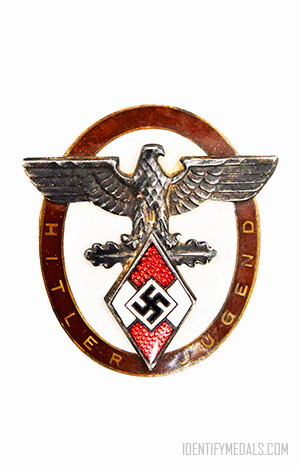
The Hitler Youth Badge for Distinguished Foreigners
The Hitler Youth Badge for Distinguished Foreigners was a special honor authorized in 1941 and specifically designed for non-German citizens.
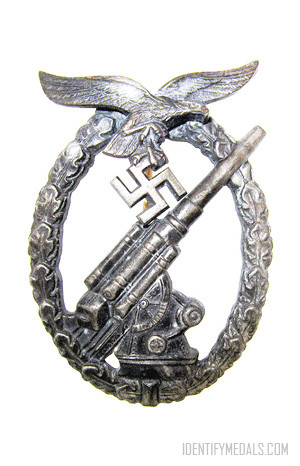
The Anti-Aircraft Flak Battle Badge
The Anti-Aircraft Flak Battle Badge is a Third Reich / Nazi Germany Luftwaffe War Badge awarded during the Second World War.
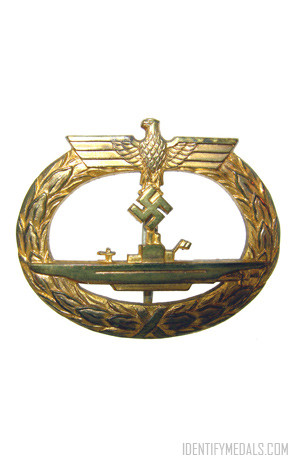
The U-boat War Badge (Nazi Germany)
The U-boat War Badge (or U-Boot-Kriegsabzeichen) was a German war badge that was awarded to U-boat (submarine) crew members in WW2.
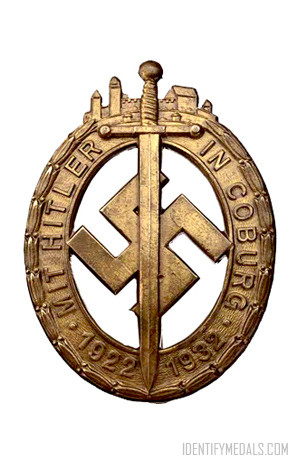
The Coburg Badge
The Coburg Badge (Das Coburger Abzeichen in German) was the first badge recognized as a national award of the Nazi Party or NSDAP.
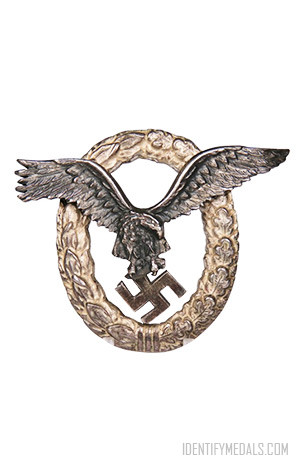
The Pilot Badge of the Luftwaffe
The Pilot Badge of the Luftwaffe was a WW2 German award instituted in 1935 by Reichsmarchall Hermann Göring.

